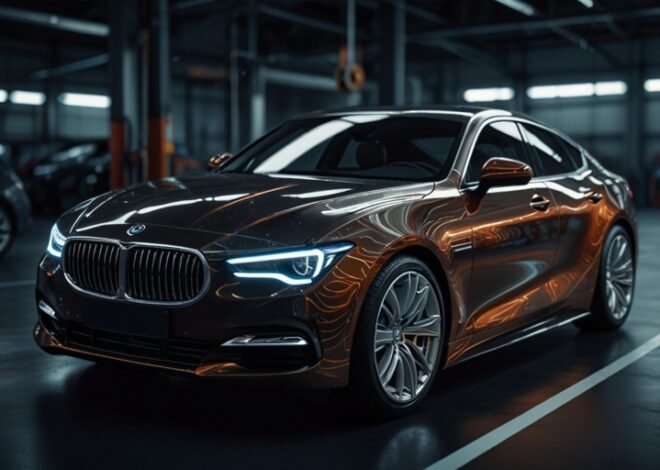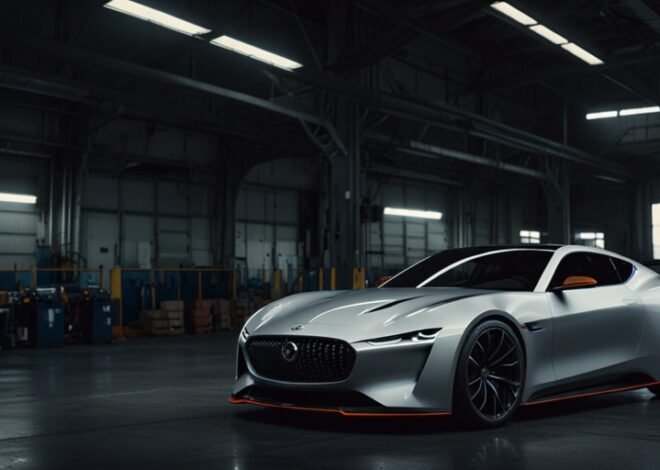
Global Auto Industry Faces Challenges And Opportunities In 2025
The global automotive industry is going through a period of tremendous change and uncertainty as we step into the year 2025. Car manufacturers all over the world have to deal with a complicated environment due to the proper combination of economic uncertainties, technology-driven innovation, and the change in customer preferences. In China, the world’s largest automotive market, the sales volume of automobiles has decreased, which is a direct reflection of the subdued demand and the influence of new government policies on consumer behavior. The China Passenger Car Association reported a 12.1% year-on-year decrease in retail sales of passenger cars, with 1.79 million vehicles sold in January. This decline was the result of a front-loading effect from December, and as a consequence, consumers were in a hurry to make purchases before the end of the year due to uncertainties surrounding government subsidy programs.
Despite the low start, analysts in the industry still look forward to the possibility of very high rates of sale throughout 2025. The most promising sector in the electric vehicle (EV) space is the category of new energy vehicles, which recorded a 10.5% increase in sales in China during January, reaching 744,000 units. The growth of the EV market is expected to continue, supported by the rising number of customers curious about the new technology for electricity and by the government’s help of the clean energy transportation system. The China Passenger Car Association predicts the whole of passenger car retail sales to be 23.4 million units in 2025, with the new energy vehicles to occupy 57% of the passenger vehicle sales, a 2% increase from 2024.
European car manufacturers are facing the difficulties of switching to electric vehicles while keeping up their profits as well. Volkswagen’s Spanish subsidiary, SEAT, has been underlining the fact that it might be necessary to stop production and remove about 1,500 employees if the European Union does not cut the tariff on electric cars made in China by the end of the year. This is an example of the tough position vehicle manufacturers hold, as they are now obliged both to prove they meet the emissions regulations as well as stay competitive in terms of pricing in the world market against other countries’ carmakers. The potential job losses at SEAT are a sign of the broad economic repercussions of the automotive sector’s transformation into electric vehicle production.
The United States market of cars is continuously loaded with electric vehicles, and the main manufacturing companies are investing a lot in EV propulsion and EV infrastructures. Tesla, Ford, and General Motors are the main groups in the market, with very ambitious plans to take their electric vehicle lineups to a higher level and to build and improve the charging networks in the U.S., making it available from coast-to-coast communities. However, the issue is still there, and there are still other potential pros and cons, too, such as the performance of the batteries and the building of extra electric networks for the implementation of the mass EV.
The new technologies based on the automotive sector are moving the market forward, with the global automotive technologies market expected to become worth $263.5 billion over 10 years, according to the report of Technavio. This is largely due to the growing adoption of Advanced Driver Assistance Systems (ADAS) and the arrival of self-driving vehicle technologies. Artificial intelligence is considered a game-changer in these trends, allowing more safety-linked and connected vehicles and, at the same time, delivering a delightful usage experience. Moreover, the inclusion of these trends is deemed to be the ultimate transport and urban mobility revolutionary act.
The same thing is also happening with the automotive aluminum market, which has a grand potential and could achieve $93.4 billion by 2030. This is happening in the automotive industry, where everyone is trying to keep the environment cleaner and to save fuel because new electric vehicles are more in use now. Using aluminum is an excellent alternative for companies that want better performance in vehicles besides saving the adverse effects of the climate. Companies like Tesla, Ford, and Audi are the first ones to incorporate aluminum in their vehicles’ designs which have set a trend that is going to happen across the industry.
The automotive industry has always been the subject of evolution and having a nature-oriented approach still remains the main issue. Car manufacturers allocate their resources not only for the new electric vehicle technology, but also for diverse experiments on alternative fuels as well as for environmentally friendly production processes. The demand for green practices is the catalyst for the emergence of new technologies such as battery recycling, the application of reprocessed elements in car production, and the production of powertrains that are more effective. These initiatives are very significant, and therefore, the automobile industry is trying to decrease its environmental footprint and comply with gradually stricter emissions rules all over the world. (why is sustainability important in the auto industry)
Semiconductor scarcity on a global level is still ongoing, and thus, the automotive industry is still being plagued by this problem with the production schedules and lack of availability of vehicles as a result. Despite the fact that the situation has mended a bit from the level of collapse, many manufacturers are still unable to control the supply chain and are, therefore, looking for new ways to obtain more chips. This issue has caused some companies to find new alliances with the semiconductor makers or, sometimes, to mull over setting up their own production facilities in the face of future shortages. The crumbling semiconductor network has come to the awareness of the car industry, stressing the fact that these units stand as cores of modern vehicles and showing the necessity of having a more sustainable chain of supply in the car industry.


